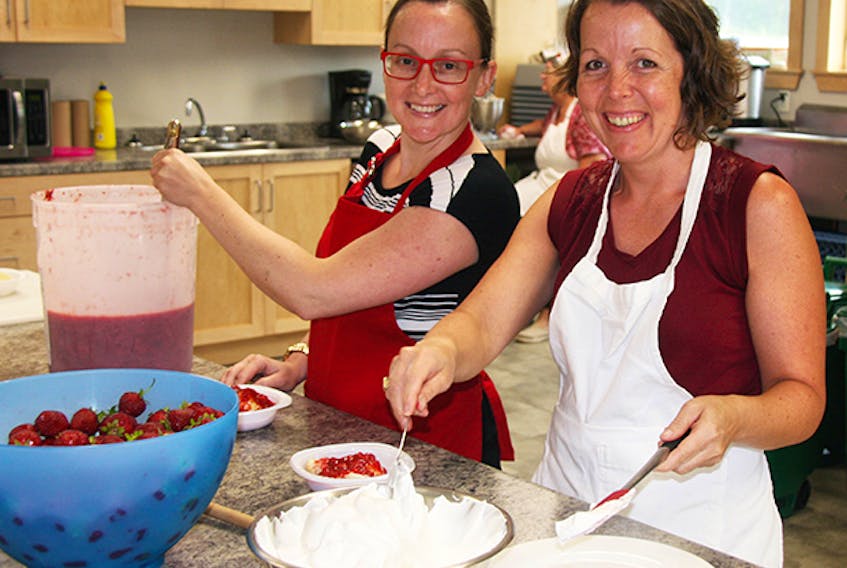Although the cooler temperatures of spring overstaying their welcome have proven a nightmare for some berry producers in Nova Scotia, this strawberry season is business as usual, with no unusual impediments, for David Haverkort with Haveracres Farm.
”The crop was a little slow in ripening because of the cool weather,” said the owner of the strawberry farm in St. Joseph’s, noting that there was none of the widespread destruction seen in his strawberries as there was, say, on the wild blueberry crops across the province.
This year, Haverkort expects a strawberry crop that is very much in line with the average number of strawberries his farm produces. Haverkort said that strawberries are a different beast from other berries, such as Nova Scotia’s wild blueberries, since the cold weather doesn’t slow them down as much as other berries.
Sid Taylor, owner of Glen Hill Farms, expects a similarly solid season for strawberries, but is not nearly as optimistic in his appraisal of his blueberry crop this season, reporting a 30 per cent loss in his blueberry crop.
”The spring weather was difficult, to say the least,” said Taylor. “We had several frosts, and had to wait a long time before we could replant. There are a lot of blueberries around - it’s just not going to be as plentiful. The frosts came at a bad time for the blueberries.”
Both Taylor and Haverkort referred to a key difference in how the strawberries fared versus the wild blueberries: in the methods used to keep strawberries healthy when the barometer drops.
While little can be done to save blueberries from late frosts, irrigation can be (and was) used to save the strawberries from the late frosts and cool temperatures, in the case of Haveracres Farm.
”We irrigated for the frost. We water them when it’s cold to protect them,” Haverkort explained. “So, no, the frost won’t be slowing us down this season.”
This season looks good for strawberry producers, Haverkort noted, adding that as long as it doesn’t stay too hot for too long, the only concern he has is making sure the berries are picked in a reasonable time frame, so they don’t become overripe.
”The frost should be done now,” said Haverkort. “If we stay on top of the picking, we’ll get them.”
One light at the end of the tunnel that Taylor sees is that the smaller yields in terms of a blueberry crop this year could possibly lead to the ability of producers to demand higher prices for them.
”It’s possible, but it depends. The blueberries here are different than any kind of things like strawberries. They are a commodity, worldwide, and it all depends on places like Maine, Quebec, or wherever, and I’m sure some of those places have good crops.”









